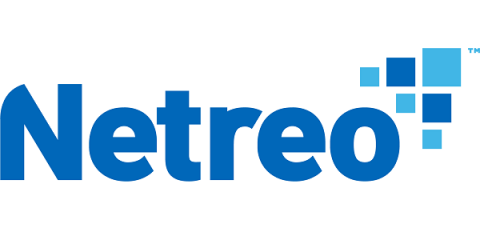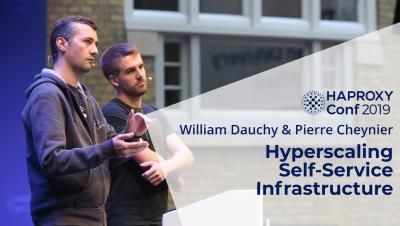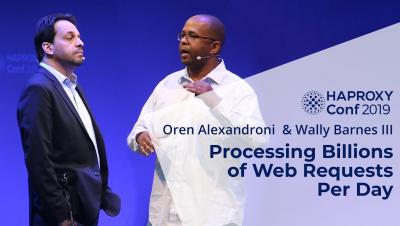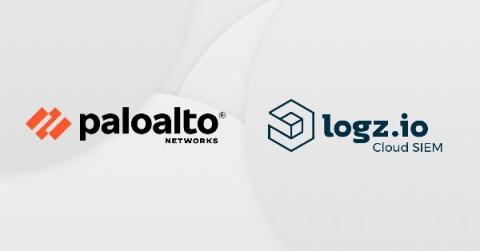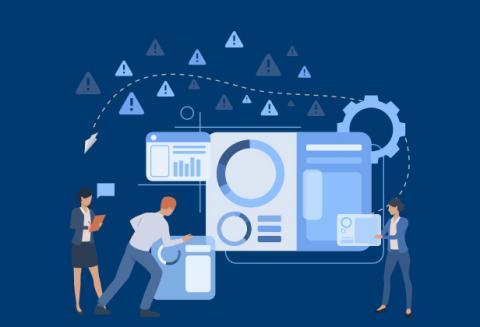Managing Remote Workers During COVID-19? 5 Key Tactics for IT Infrastructure Management
Google recently joined Facebook, Apple, Amazon, LinkedIn, Twitter and HPE in recommending its North American employees work from home to help slow down the spread of Coronavirus COVID-19. Workers can communicate in real-time on message systems like Slack and videoconferencing like Zoom. However, with >200k tech workers now at home needing robust and secure connection to the internet for these high bandwidth collaboration tools, the virus is not the only thing these workers are slowing down.


